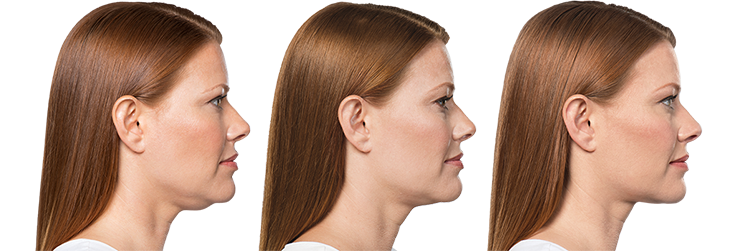
Do you have extra, unwanted fullness beneath your chin? Kybella® is the only FDA-approved injectable treatment that destroys fat cells under the chin.
Submental fullness, sometimes referred to as ‘double chin’, affect both men and women and can be caused by weight gain, age, or genetics. Whether it is something you have had your entire life, developed over the years, or something you have noticed recently, Kybella® works to reduce the fullness under the chin in just 15-20 minutes. Kybella® at Solimar MediSpa is administered by our experienced physician and is tailored to every patient. This treatment will leave you feeling more confident from all angles.


HOW IT WORKS:
The active ingredient in KYBELLA® is synthetic deoxycholic acid. Deoxycholic acid is a naturally occurring molecule in the body that aids in the breakdown and absorption of dietary fat. When injected into the fat beneath the chin, KYBELLA® destroys fat cells, resulting in a noticeable reduction in fullness under the chin. Once destroyed, these cells can no longer store or accumulate fat, so further treatment is not expected once you reach your desired aesthetic goal.

